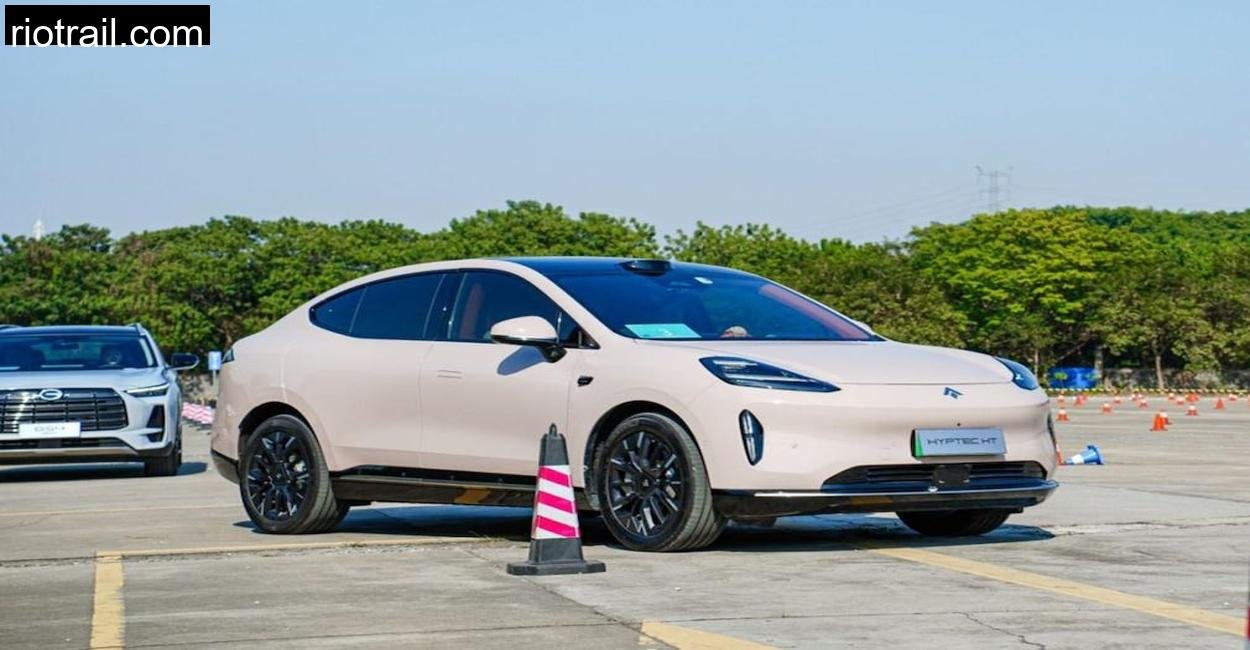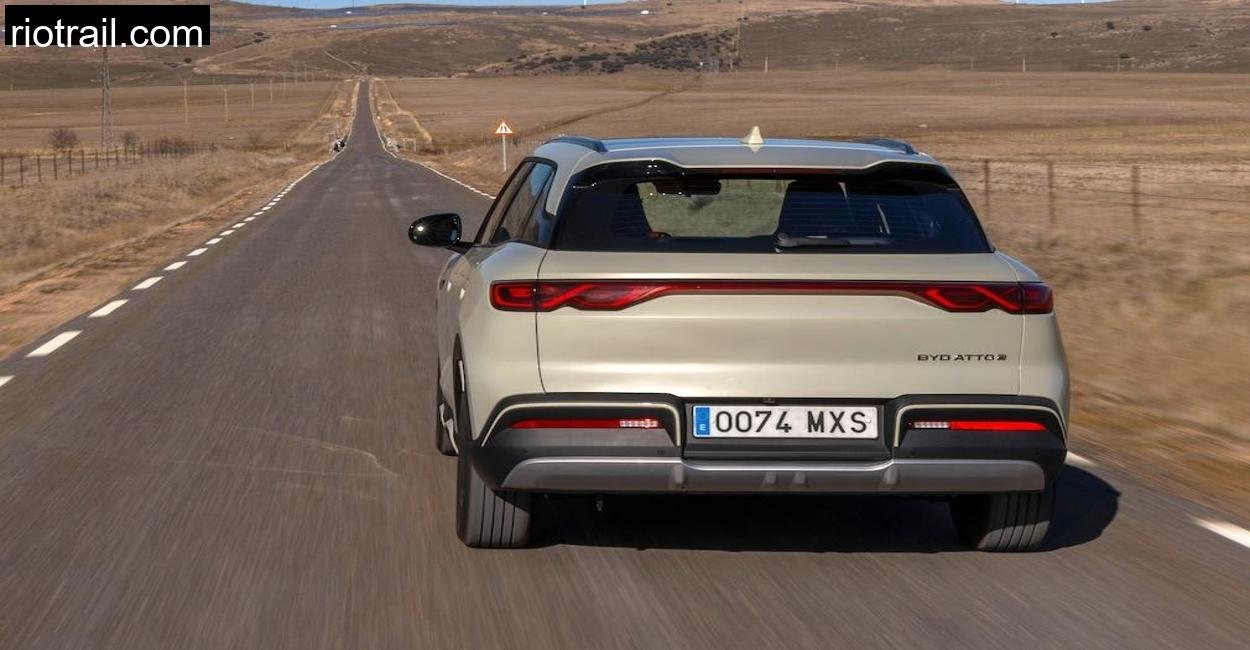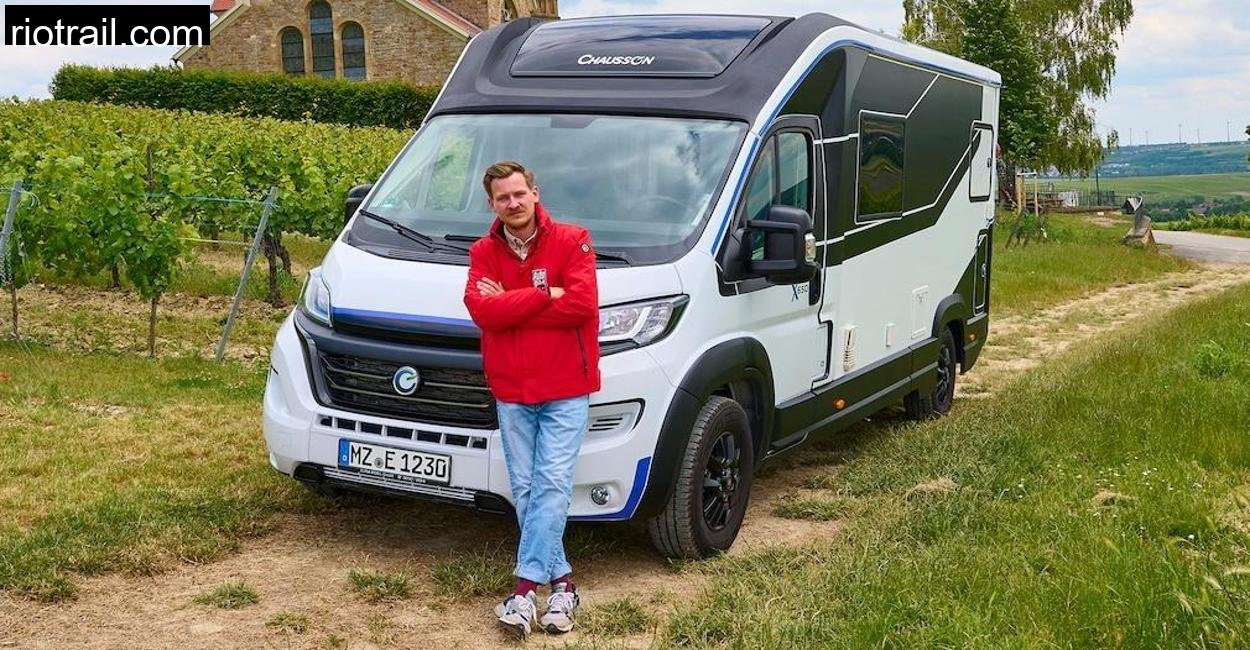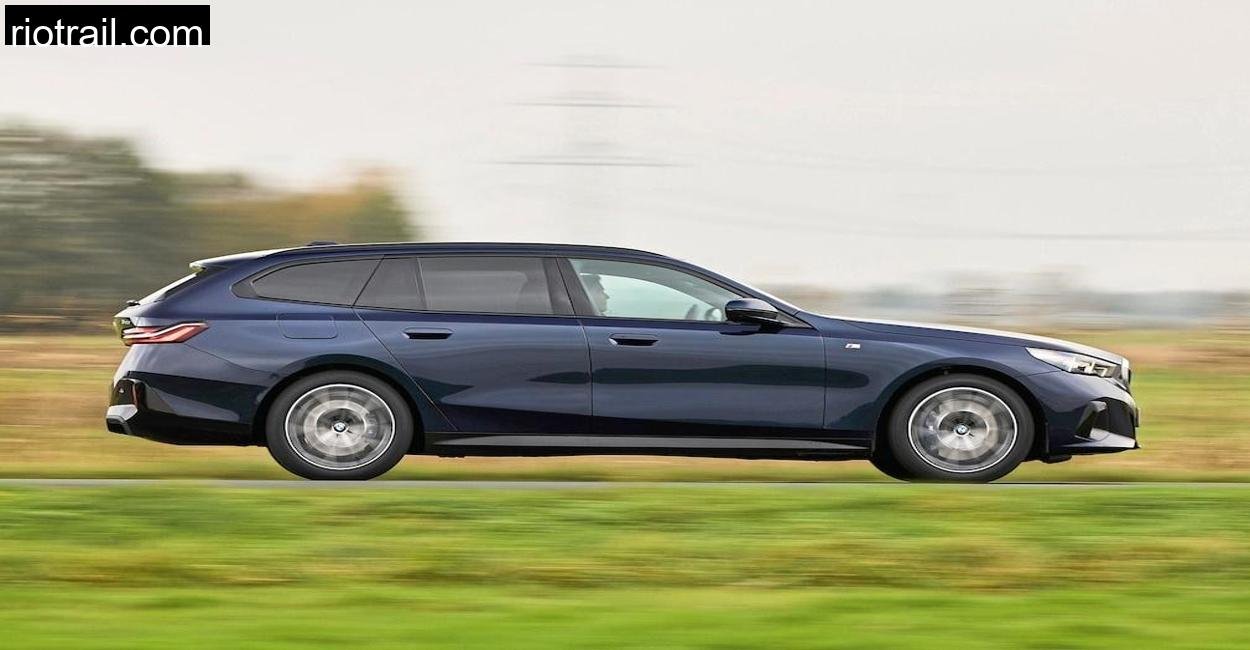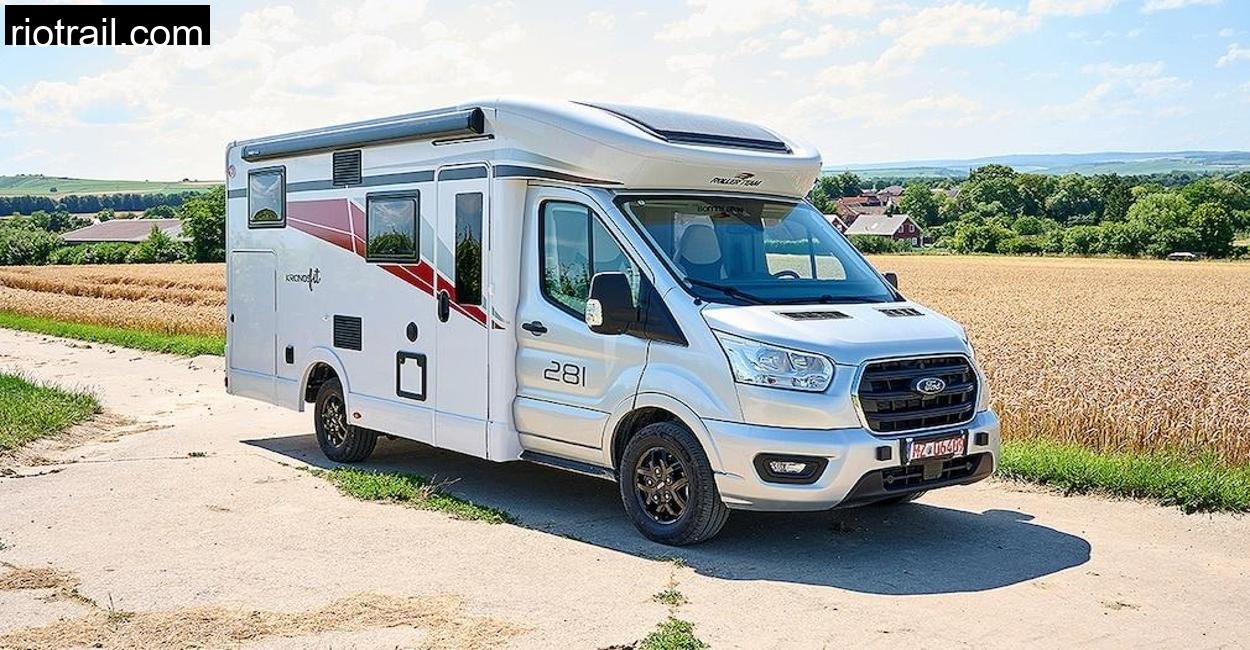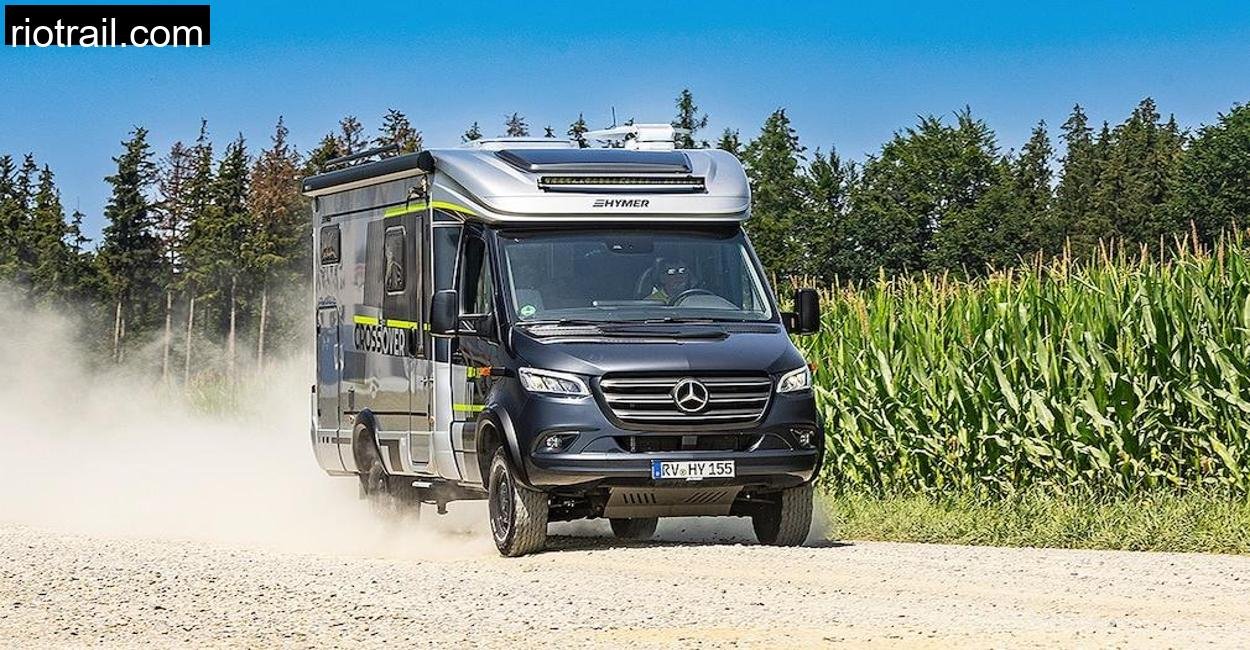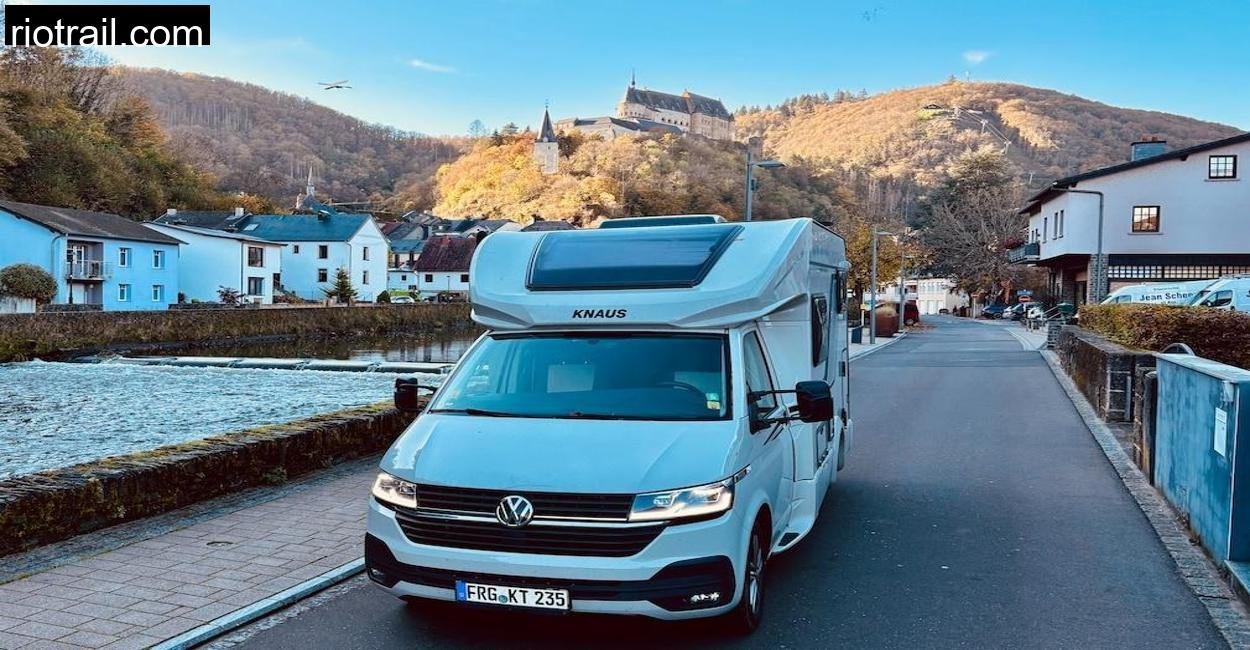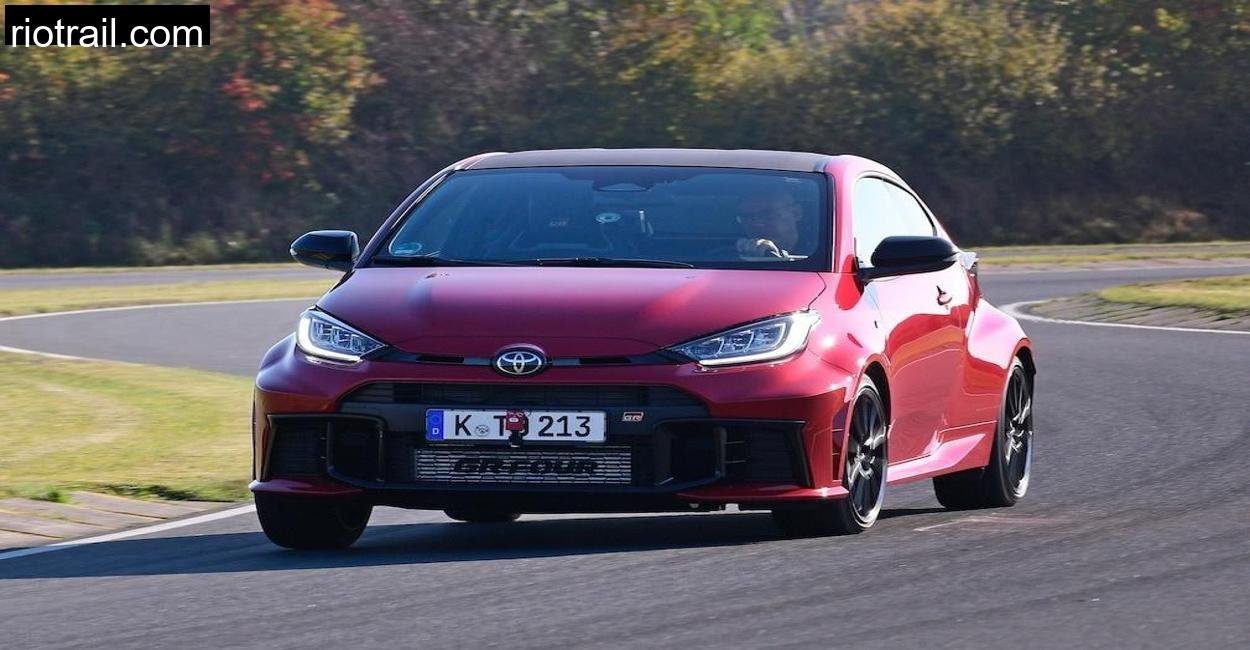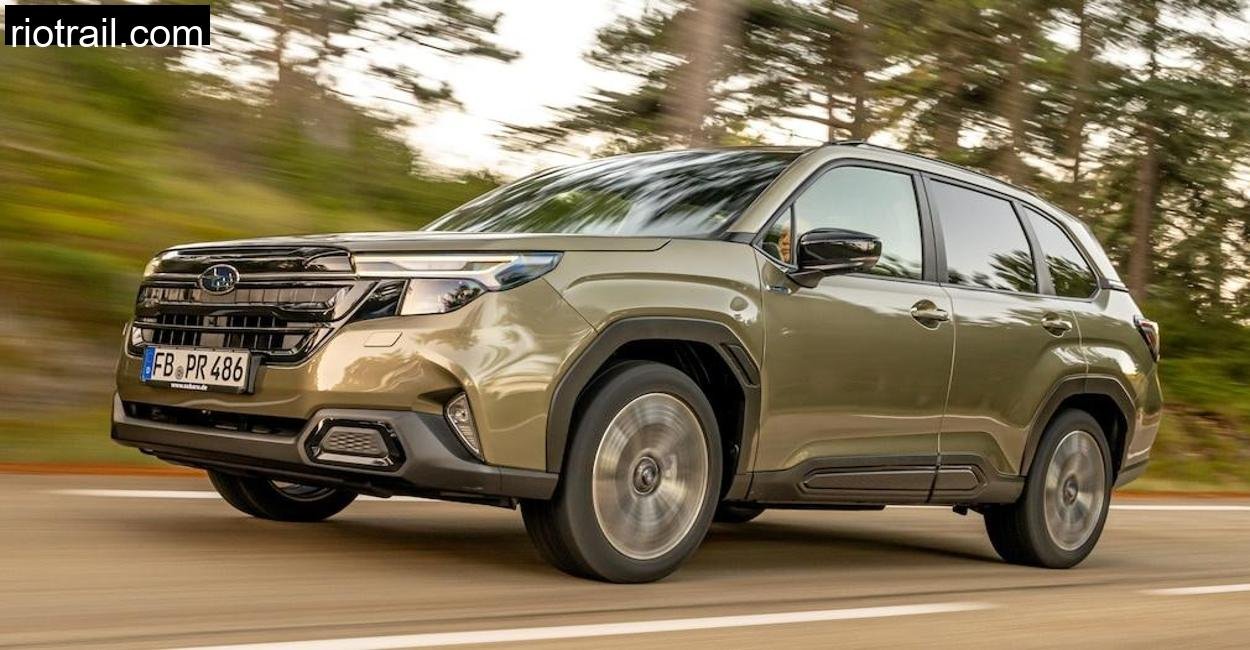There’s something wonderfully odd about watching a car that’s supposed to conquer Europe glide silently along the winding forest roads of the Burgwald in Hesse, Germany. The Hyptec HT, China’s bold and unapologetic answer to the Tesla Model X, looks as if it might have come straight from a Californian tech company’s prototype lab, and in a sense, it has.
Except this one was born on the far side of the Pacific. And unlike its American inspiration, this SUV’s price tag, finish, and performance might just give Tesla something to worry about.
I spent a long day with the Hyptec HT in the Burgwald, a region I often use for real-world car testing because it offers the perfect mix: open highway runs on the A485, tight curves through Frankenau, and narrow, often shadowy forest lanes that challenge a big SUV’s maneuverability and ride quality.
Was the Hyptec HT just an elaborate copy? Or was it a credible, capable alternative? With more than 200 kilometers covered on this test route, I’m ready to tell you, and the results may surprise you.
First Encounter: Familiar Shape, New Badge
I first met the Hyptec HT in the lot of a small guesthouse in Battenberg, where my contact from Hyptec’s European PR office handed me the keys and smiled. “We think it’s better than the original,” he said, without a hint of irony.
It’s impossible not to notice the visual resemblance to the Model X. At nearly 4.94 meters long and almost 2 meters wide, the HT fills the road in much the same way. The curved front end, sleek LED lights, and yes, the optional Falcon-like doors, all nod unapologetically toward Tesla’s design language.
But step closer, and differences begin to emerge. The panel gaps are tighter than I expected from a Chinese model. The paintwork, a rich metallic blue on my test car, looked deep and evenly applied. The 21-inch wheels filled the arches nicely without looking overstyled.
Inside, however, the HT starts to find its own voice, and in some ways, it’s a louder one than Tesla’s.
Interior: Luxury Meets Technology
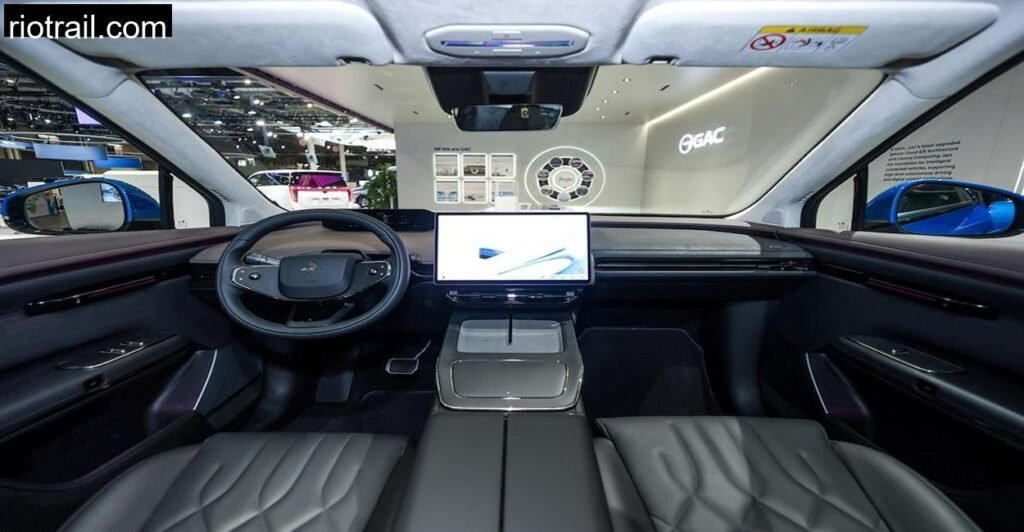
Climbing aboard the HT, I was immediately struck by the sense of space. The 2.94-meter wheelbase pays dividends here; front and rear passengers alike enjoy limousine levels of legroom. Hyptec clearly understands that rear-seat comfort matters more in China than it does in Silicon Valley, and the design reflects that priority.
The cabin materials are impressive. Real leather seats, a wool blend headliner, and metallic trim provide an upscale feel. The steering wheel is a proper round rim, with just two multifunction rollers, a nod to Tesla’s controversial minimalist controls, but thankfully more intuitive.
Ahead of the driver sits a crisp digital instrument cluster, something Tesla eschews in the Model X, that provides speed, range, and navigation data in an easy glance. To the right, a massive central touchscreen dominates the dashboard. It’s slick, fast, and far more responsive than some German premium systems I’ve tested recently.
But it’s in the rear where the HT pulls ahead. Touch a button and a footrest elegantly extends from behind the front passenger seat. Another button reclines the rear seatback to a 43-degree angle. And yes, there’s a fold-out desk, perfect for working on the go. The sense of quiet isolation, aided by the 22-speaker Dolby sound system, is remarkable. Each seat even has personal speakers embedded into the headrests.
For an SUV aimed at well-heeled Chinese buyers, and soon, European ones, this level of rear-seat luxury is a major selling point.
First Drive: Highway Grace
Leaving Battenberg via the B253, I headed toward Frankenau, giving the HT a chance to stretch its legs on open highway. Powered by a single 340 hp electric motor at the rear axle, my test car wasn’t the dual-motor prototype that Hyptec is also preparing for northern markets.
Still, performance was more than adequate. Hyptec claims a 0-100 km/h time of just under 6 seconds, and while I didn’t time it scientifically, my seat-of-pants gauge says that figure is credible.
Acceleration is smooth, quiet, and entirely drama-free. There’s no whine, no vibration, just a consistent surge of torque that makes highway merging effortless. On the A485, the HT cruised happily at its electronically limited 180 km/h. The car felt planted and stable even at these speeds, though aerodynamic noise around the optional Falcon-style doors became noticeable above 150 km/h.
Ride quality on Burgwald’s often patchy asphalt was superb. Hyptec’s engineers clearly spent time tuning the adaptive air suspension to European tastes. The car soaked up potholes and expansion joints with the kind of composure I’ve only experienced in much more expensive SUVs.
One note of caution: regenerative braking felt a touch aggressive, even in the medium setting. It’s adjustable, but I’d prefer a gentler default map for long-distance cruising.
Through the Forest: Handling and Practicality
Leaving the highway behind, I directed the HT up toward the Burgwald forest roads. This is where many large electric SUVs struggle. The roads here are narrow, cambered, and in some sections little more than gravel tracks.
The HT’s tight turning circle, aided by a variable steering ratio, helped immensely. Even in the twisting lanes near Roda and Münchhausen, the big SUV remained surprisingly maneuverable.
Body roll was well contained, thanks again to that air suspension. I pushed through a series of S-bends with increasing confidence. The steering isn’t brimming with feedback, but it’s accurate and well-weighted, a clear improvement over the often numb steering in the Model X.
Visibility is excellent. Hyptec’s decision to retain a traditional rearview mirror alongside the camera feed is a smart one. Too many EVs go camera-only, which can be disorienting.
On a particularly steep descent toward Rosenthal, I tested the brake feel. Pedal modulation is excellent, firm and progressive, without the odd regen-transition squishiness that some EVs suffer.
By this point, it was clear: the Hyptec HT is no back-alley knockoff. It’s a mature, capable vehicle that deserves consideration on its own merits.
Range and Efficiency: Real-World Figures
Hyptec quotes an 800 km range on the CLTC cycle, a notoriously optimistic Chinese standard. In European terms, that should translate to roughly 600-650 km WLTP.
My test car, with a 100 kWh battery, started the day at 92% charge. After 215 km of mixed driving, highway, urban, and forest, I ended with 48% remaining. Extrapolating from this, a real-world range of around 550-600 km seems entirely achievable.
Charging performance is equally impressive. The HT supports up to 280 kW DC fast charging, meaning a 10-80% top-up can take as little as 20 minutes under ideal conditions. Unfortunately, I was unable to test this during my Burgwald drive due to the rural location, but Hyptec’s European reps confirmed compatibility with Ionity, Fastned, and other major networks.
Living With It: Everyday Usability
The HT’s cargo space is generous: 670 liters behind the second row, expanding to 1802 liters with seats folded. There’s also a useful 55-liter frunk. Loading heavy items is easy thanks to the low floor and wide tailgate opening.
Cabin storage is abundant. The center console is vast, with a deep covered bin and multiple cupholders. Door pockets are equally generous. Even the rear armrest includes clever fold-out storage trays.
Tech-wise, the Hyptec HT excels. The infotainment system is fast, intuitive, and supports both Android Auto and Apple CarPlay. Voice control works well, even with my German-accented English. The driver assistance suite is extensive, with adaptive cruise, lane keeping, blind spot monitoring, and auto park, all of which worked flawlessly during my test.
Fit and finish? Excellent. I found no rattles or misaligned panels, even over rough forest tracks. Hyptec’s quality game is clearly serious.
Technical Specifications: Hyptec HT
Technical info is taken directly from GAC’s official website to ensure it’s correct.
| Specification | Detail |
| Length | 4,940 mm |
| Width | 1,980 mm |
| Height | 1,680 mm |
| Wheelbase | 2,940 mm |
| Curb weight | Approx. 2,300 kg |
| Battery capacity | 100 kWh |
| Range (CLTC) | 800 km |
| Estimated WLTP range | ~600-650 km |
| Charging capacity | Up to 280 kW DC |
| Motor output | 340 hp (rear-wheel drive model) |
| 0-100 km/h | ~6.0 seconds |
| Top speed | 180 km/h |
| Cargo capacity | 670-1802 liters |
| Frunk capacity | 55 liters |
| Seating capacity | 5 |
| Base price (China) | Approx. €30,000 equivalent |
| Estimated EU price | TBD (likely well below Model X) |
Conclusion: The Copy That Outclasses?
After a full day in the Burgwald with the Hyptec HT, my verdict is clear: this is no cheap copy. Yes, it borrows heavily from the Model X’s design language, perhaps too heavily for Tesla’s legal team. But in execution, it matches or exceeds the American original in several key areas: ride comfort, rear seat luxury, interior quality, and arguably value for money.
It’s also a more complete-feeling product than many earlier Chinese EVs I’ve driven. The HT’s dynamics are polished, its tech is world-class, and its range and charging capabilities are fully competitive.
Of course, challenges remain. Hyptec must navigate European homologation, distribution, and the thorny issue of punitive tariffs. But if it can land the HT in Europe at a price anywhere near the whispers I’ve heard, say, €50,000-60,000,then Tesla should watch its back.
China’s EV copy machine may still be running, but with the HT, it’s producing something genuinely desirable.
Is the Hyptec HT available in Europe yet?
Not officially. Hyptec plans to launch in selected EU markets in late 2025.
How does Hyptec HT compare to the Tesla Model X?
In many ways, it matches or exceeds the Model X, especially in interior finish and rear seat comfort. Performance is slightly lower but more than adequate.
Should I consider Hyptec HT over a Model X?
If Hyptec delivers on pricing and support, the HT will be a compelling alternative, especially for buyers seeking luxury and range without Tesla’s premium price tag.
